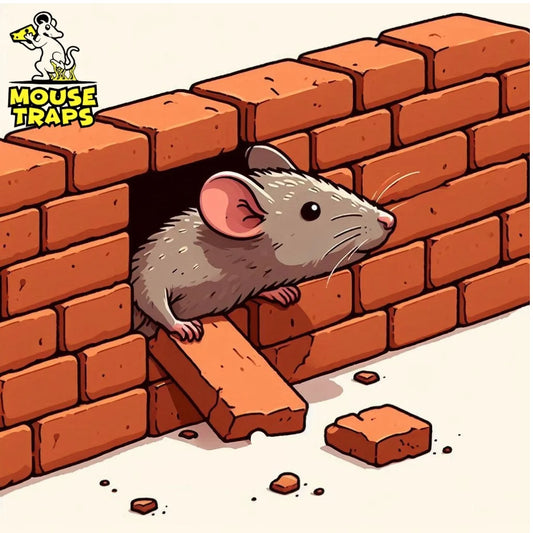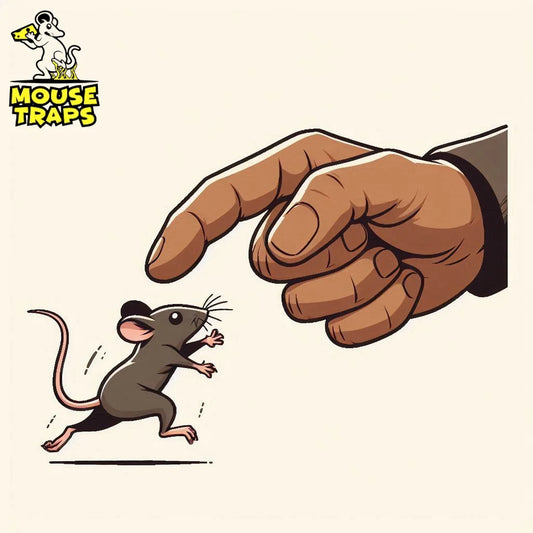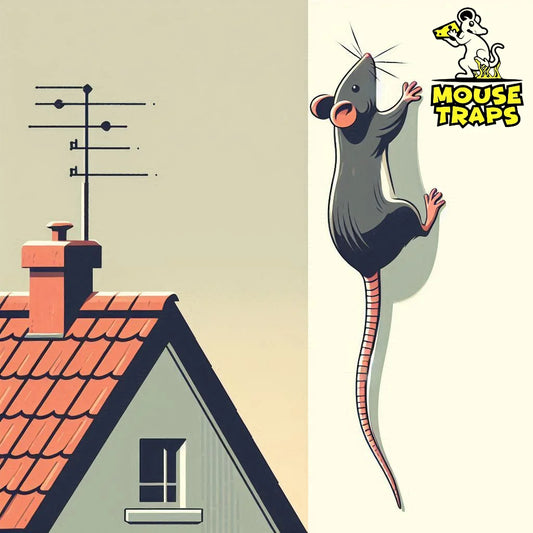Introduction:
Welcome, fellow residents of the UK, to an exploration of a topic that concerns us all: rodent control in our urban green spaces. As we stroll through parks or tend to our gardens, the last thing we want to encounter is a furry intruder scurrying about. Don't worry, in this guide we'll explore the realm of managing rodents specifically emphasizing the rules that dictate their control in our cherished city parks.
Understanding the Need for Rodent Control:
Mice, commonly seen in city settings can be found in the spaces of parks and gardens. Despite appearing harmless these small creatures can cause damage, to our surroundings. Create health concerns for both people and pets. Whether they are eating plants or contaminating food supplies their presence can swiftly turn from an annoyance, to an issue.

The Role of Regulations in Urban Green Spaces:
Now, let's address the burning question: Yes there are indeed rules that govern the implementation of control methods, in our city parks. In the United Kingdom a range of regulations and recommendations exist to guarantee that rodent control activities are conducted efficiently and conscientiously reducing impacts, on the ecosystem and other animals.
Navigating the Regulatory Landscape:
When dealing with controlling rodents, in city parks it's crucial to follow rules that find a balance between effectiveness and protecting the environment. These rules cover aspects, such, as the approved control techniques and when and where they can be applied.

Types of Rodent Control Measures:
Before delving into the specifics of regulations, let's take a moment to familiarize ourselves with the various rodent control measures available. There are plenty of ways to deal with rodents, from old school mouse traps to pest control methods. However not all approaches work the way. Some might be better suited for urban areas with lots of green spaces.

Regulations Governing Mouse Traps in Urban Green Spaces:
Now, let's zoom in on everyone's favorite rodent control method: mouse traps. While these simple yet effective devices have been around for centuries, their use in urban green spaces is subject to certain regulations aimed at ensuring their safe and responsible deployment.
Key Regulations to Keep in Mind:
When using mouse traps in urban green spaces, several key regulations must be observed:
- Placement Restrictions: Mouse traps should be strategically placed in areas where rodent activity is prevalent, taking care to avoid locations frequented by other wildlife or humans.
- Humane Considerations: It's essential to prioritize humane trapping methods that minimize the suffering of captured rodents. This may include opting for live traps or ensuring that lethal traps are set up in a manner that swiftly and humanely dispatches the target animal.
- Environmental Impact: Any rodenticides or chemicals used in conjunction with mouse traps must be approved for use in outdoor environments and applied in accordance with strict safety protocols to prevent unintended harm to non-target species and the surrounding ecosystem.
- Monitoring and Compliance:It's important to check and make sure that rodent control is working well and following the rules. This can include keeping track of trapping activities and doing checks to see how the control methods are affecting the surrounding area.

FAQs:
Conclusion:
In summary managing the rules related to controlling rodents, in city parks involves finding a mix of effectiveness, eco friendliness and compassion toward animals. Following the recommended protocols and using efficient control techniques can preserve the charm and variety of our areas while also deterring rodents. Therefore if you come across a visitor, in your neighborhood park be reassured that there are guidelines to handle the situation with care. Enjoy trapping them!




